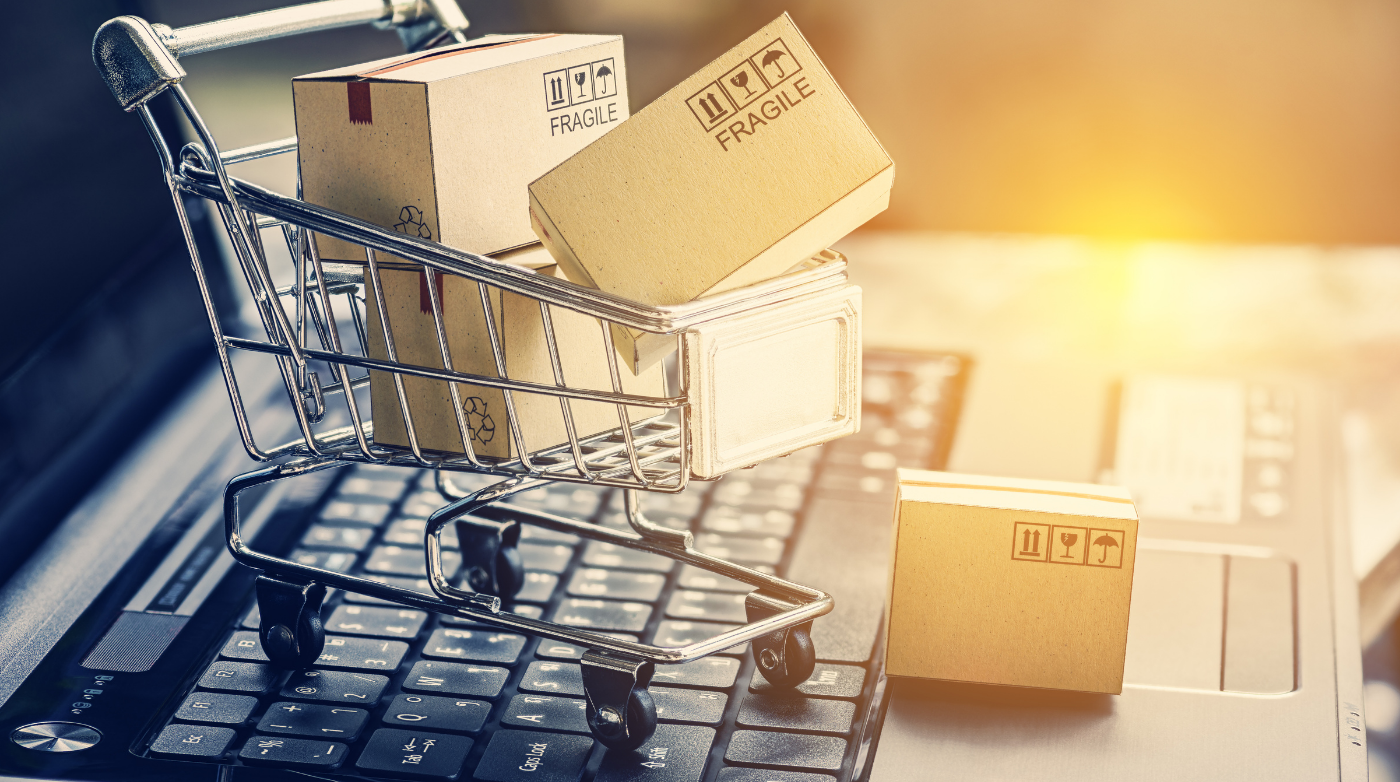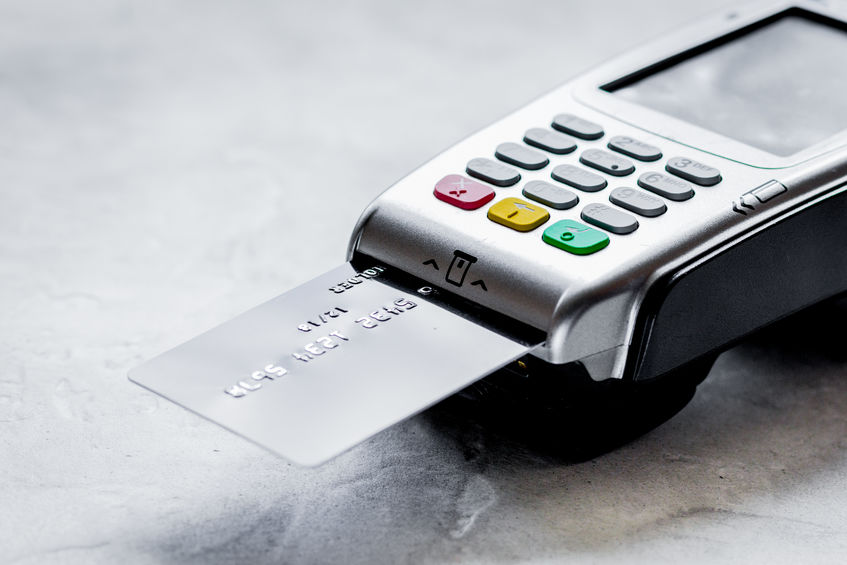Ecommerce in 2021 – 3 Online Business Trends for a Post-COVID World
2020 was an unprecedented year for brick and mortar merchants, as the global COVID-19 pandemic saw many businesses forced to close and strict guidelines put in place limiting in-store activities. In turn, consumers flocked online, boosting ecommerce sales by 45% year-over-year and accelerating ecommerce adoption by as much as five years. Consumer habits are like a ratchet – they only go one way – and that means that the same new shopping behaviors consumers developed during 2020’s online rush will likely stay with them long after COVID-19 is a distant memory.
As a result, certain trends can be predicted that are likely to shape the face of ecommerce in 2021 and beyond, including a greater emphasis on omnichannel sales, a resource shift from customer acquisition to retention, and the wider adoption of alternative payment methods. Merchants looking to thrive in 2021 can do so by recognizing these trends, understanding the “new normal” of online consumer behavior, and adjusting their ecommerce strategies accordingly.
2021 Trend #1: Shoppers Will Expect a Seamless Omnichannel Experience
Omnichannel commerce is a retail strategy in which all of a company’s sales and marketing channels are integrated as fully as possible, ensuring the customer has a seamless shopping experience regardless of how or where they interact with the brand.
For example, in a complete omnichannel model, a store’s site would be fully optimized for browser-based, mobile, and even voice-assisted shopping through devices like Amazon’s Alexa. Integrated loyalty programs would be accessible through the store’s website, their mobile app, and in-store POS systems and kiosks.
Customer service would be available through social media, web-based helpdesks, email and telephone, and in-store assistance, and all would be integrated so that service would be seamless and continuous no matter where it occurred. Finally, the data from every one of these sales, marketing, and service channels would be fed into a centralized database, like a customer resource management platform, to optimize service and provide more opportunities for cross-sales and retargeting.
The dependence on ecommerce during the COVID-19 pandemic has created a consumer expectation for a more seamless omnichannel experience, including the ability to shop and pay online while picking up in-store or at the curbside. That behavior is now ingrained and will be an important factor in a post-COVID ecommerce strategy in 2021 and beyond, making it crucial for ecommerce retailers to iron out any kinks in their channel integrations.
2021 Trend #2: Retention Will Be More Important Than Ever
Q1 and Q2 2020 saw a decline in CPM and overall ad spend compared to Q4 2019, but the mass migration to ecommerce once the pandemic was well underway reversed that trend by Q3. By September 2020, retailers were spending 45% more on ecommerce than they were in April, as merchants followed their customers online and competition for ad share ramped up. That trend should continue through 2021, and merchants should expect to see consistently rising ad costs as competition for the attention of a sea of new online shoppers continues to rage.
At the same time, a renewed focus on consumer privacy and protection online is redefining the future of advertising, and third-party cookies are on their way out. That’s bad news – at least in the short term – since 62% of retailers depend on cookies for their ad targeting. The result is that ad effectiveness is likely to suffer in the year ahead as merchants struggle to refine new cookieless targeting techniques, compounding the pain of already-rising costs.
With the cost and difficulty of acquiring new customers rising, prioritizing retention will be more important than ever in 2021. That will mean pumping more resources into brand engagement and loyalty programs in an effort to keep customers around without the need to compete on price. Loyalty programs are particularly important, as they represent a relatively low-cost and low-effort way to create a significant incentive for repeat business, and merchants not yet offering loyalty programs will stand to gain a lot from adopting one or more in 2021.
2021 Trend #3: Post-COVID Consumers Will Demand More Payment Options
Ecommerce is all about speed and convenience, and that applies to checkout and payment as much as any other part of the online shopping experience. Credit cards are still the go-to option for online payment, but the traditional checkout process, in which users enter their credit card details and billing information line by line prior to paying, isn’t going to cut it anymore. Today’s online shoppers demand faster payment options, and that makes 2021 an ideal year to both optimize shopping carts and adopt emerging digital payment options like online wallets and potentially even cryptocurrency.
One-click checkout enables users to make immediate purchases with saved payment details without the need to even see a shopping cart. Amazon has been leveraging the power of one-click checkout for a while, and merchants looking to add it to their ecommerce sites in 2021 have a couple of options. The first is to utilize a shopping cart that offers one-click checkout as a stock option that can be toggled on and off from the cart’s backend – a feature most of today’s top ecommerce systems offer.
There is one major drawback to cart-based one-click checkout: it requires the user to have an account and be logged in. The other option merchants have is adopting digital wallets like Apple Pay and Google Pay. These systems enable shoppers to perform one-click checkout using payment data stored on their own computers, eliminating the need for a login – a big reduction in friction for the user. Digital wallet adoption offers consumers both faster payments and the wider set of options they demand, and, as an added bonus, purchases require a quick biometric verification (usually with a thumb scan) making them even more secure than standard card checkouts.
If you’re looking for a post-COVID ecommerce payment processing partner that can help you with multi-channel payment integration, loyalty program adoption, and modern payment options like Apple Pay and Google Pay, look no further than BAMS. The BAMS team has the knowledge and experience necessary to help you optimize your store for the new realities of ecommerce in 2021, and our industry-leading interchange-plus pricing system also ensures the guaranteed lowest possible transaction fees.
To find out more about how BAMS can help you improve your business and save money on your monthly merchant statements, get started with your free five-point price comparison today.




